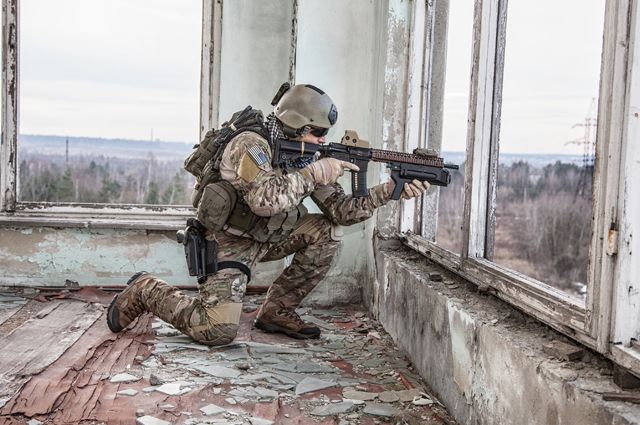
The U.S. Army has postponed military operational testing of Microsoft's augmented reality headsets. The gadgets did not meet the expectations of the military, they significantly distort the image and do not meet the original technical specifications. The military is not giving up on using this know-how, it is signaling that the issues can be fixed, but the military commissioning and testing date for the helmets is underway. changing significantly. The integrated augmented reality system was due to undergo operational tests this fall, but they were postponed until May 2022.
In the spring of this year, it was announced that Microsoft would begin production of augmented reality devices ordered by the U.S. military. Typically, these devices use translucent panels that reflect the projector image into the user's eyes, or laser emitters that project it directly onto the retina. Augmented reality headsets and glasses overlay the image of virtual objects, displaying computer graphics, informatively complementing what's going on. Such devices help soldiers train and fight in one system.
Under the terms of the contract, Microsoft for the military is finalizing devices based on the HoloLens augmented reality headset. The company is to supply the military with 120 thousand devices worth up to $ 21.88 billion over ten years. & Nbsp;
However, it was recently reported that the US military has postponed military operational testing of Microsoft's augmented reality headsets due to a number of issues. It turned out that the wide viewing angle & mdash; about 80 degrees & mdash; stretches and distorts the image. The helmet can be seen as through a stretched balloon, explain the servicemen who tested the device. The distortion is insignificant, but the human eye is constantly trying to adapt to it, causing discomfort. & Nbsp;
The Army proposed to solve this problem by reducing the viewing field to around 70 degrees. Considering that most military night vision goggles reach 40 degrees at best, this will still be a significant result. & Nbsp;
In addition, some helmets have a mosquito net effect. It is usually visible if you look closely at images from a digital projector or normal screen & mdash; thin dark lines separating the pixels. Experts say this is somehow related to the moisture content of the helmet and the problem can be fixed.
Now the Army Night Vision Lab and Microsoft are working together to eliminate unexpected issues. In January or February, the military will assess whether a technical solution has been found. The manufacturer does not give specific information on the state of development, it has been extensively reported that the development of software, communication devices and other parts of the headset is on schedule. & Nbsp;
https://www.militarytimes.com/news/your-army/2021/10/14/mixed-reality-goggle-program-is-trying-to-fix-a-field-of -view-problem/

